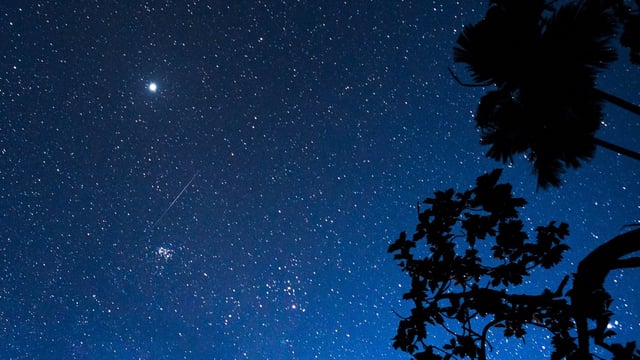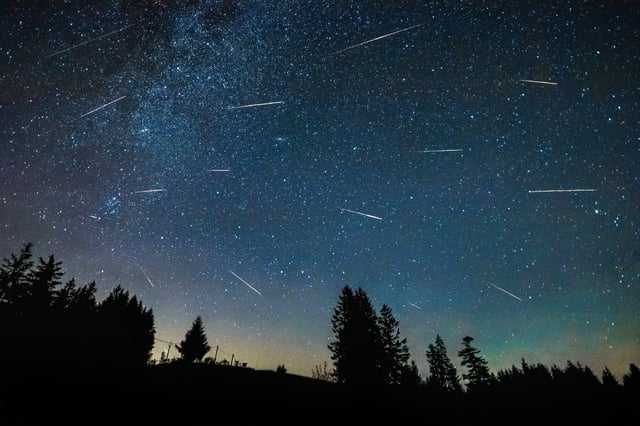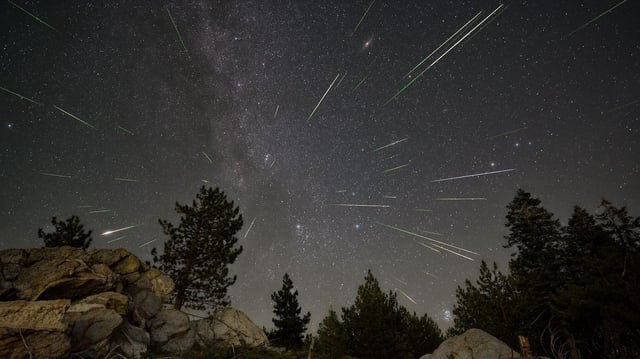Overview
- Analysts including NASA’s Meteoroid Environments Office say the Moon’s 84–86% illumination cut meteor counts to roughly 10–20 visible streaks per hour.
- The brightest Perseid fireballs still punctuated the sky despite lunar glare, with earthgrazer meteors offering brief early-evening views before moonrise.
- Stargazers were urged to wait until the darkest window—typically between midnight and 5:30 a.m., with a peak around 2–4 a.m.—and to allow 15–30 minutes for dark adaptation.
- For those unable to reach dark sites, livestreams hosted by the Virtual Telescope Project and the Global Meteor Network delivered real-time coverage of the shower.
- The Perseid shower will continue through August 24, affording improved conditions as the Moon wanes and darker skies return.



